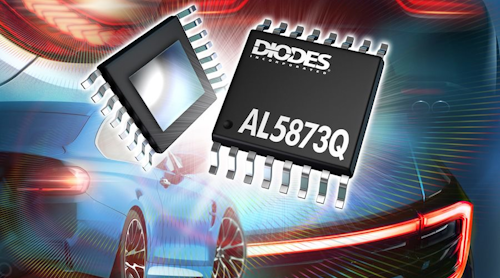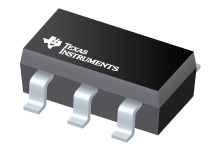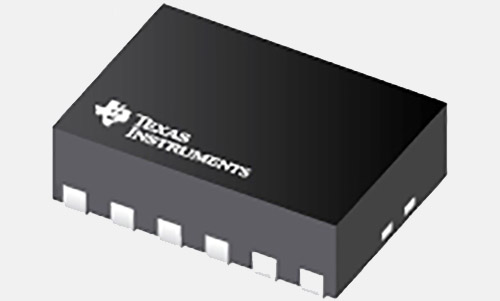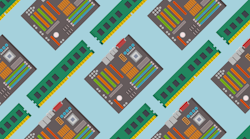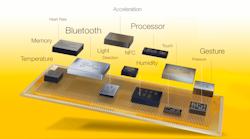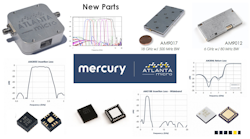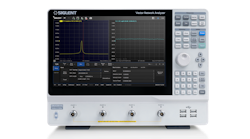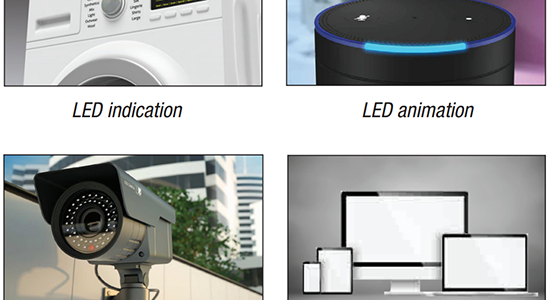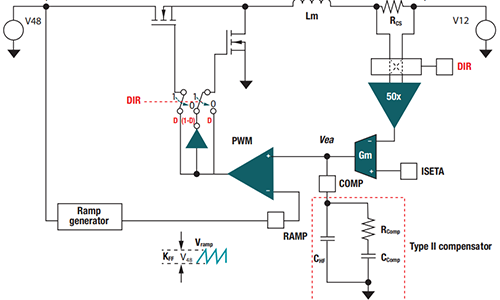Creating a path between disparate networks is often a challenge with issues of voltage, timing, format, and more. Addressing these issues is the LT3960 fromAnalog Devices, a high-speed transceiver that creates the functional equivalent of a single-master I2C bus in the CAN physical layer(Fig. 1).
通过using two integrated CAN transceivers, the LT3960 creates a “differential proxy” for each of the single-ended I2C clock and data signals, for traversing harsh or noisy environments across two twisted pairs. Each transceiver is able to quickly convert a single-ended I2C dominant signal into a differential dominant signal—and the reverse. Applications for this 400-kb/s device include automotive networking, industrial networking, and remote sensor interfacing.
The transmitter is a current-regulated driver that generates a differential voltage between the CANxH and CANxL pins as determined by drive current and the equivalent resistive load on the CANx bus. In turn, the receiver is a CAN-compatible differential receiver with a wide common-mode range of ±25 V or ±36 V, depending on VCC.
In the simplest arrangement with two LT3960 devices, the first is connected to the I2C master (likely a microcontroller) while the second LT3960 is connected to the first by two twisted pairs to regenerate the I2C bus locally for one or more I2C slave devices. The LT3960 devices transmit the clock signal only from master to slave, while the data signal uses bidirectional transfer.
The LT3960 operates from a 4- to 60-V supply and includes an internal 3.3-V regulator to power both the I2C and I2CAN buses from that single input supply; alternatively, it can be powered directly from a 3.3- or 5-V supply. The device, priced at $1.89 (1,000 pieces), is ESD protected to ±8-kV human-body model (HBM) on its CAN pins and ±2-kV HBM on all of its other pins. It comes in a 10-lead MSOP package; E- and J-Grades are available and the AEC-Q100 qualification is in progress. The 22-pagedatasheetprovides static and dynamic performance specifications, graphs of performance vs. temperature and other parameters, and operational details.
To speed evaluation and familiarity, Analog Devices also offers the DC2686A demonstration circuit ($95), which includes the LT3960 and an LT3967, a 1.3-A, eight-switch matrix LED dimmer system(Fig. 2). It connects directly to a LED string and driver demonstration circuit to enable independent dimming control of up to eight channels of LEDs. A Linduino One demonstration circuit is used to interface with the board.
Additional DC2686A circuits can be connected in series for more LEDs, or in parallel to allow for higher-current operation. This demo circuit is designed to be quickly configured and interfaced with a compatible low-output-capacitance LED driver and LED string, and directly attached to an LED driver. The detailed DC2686ADemo Manual/User Guideincludes startup procedure, schematic, parts list, and operation information.


